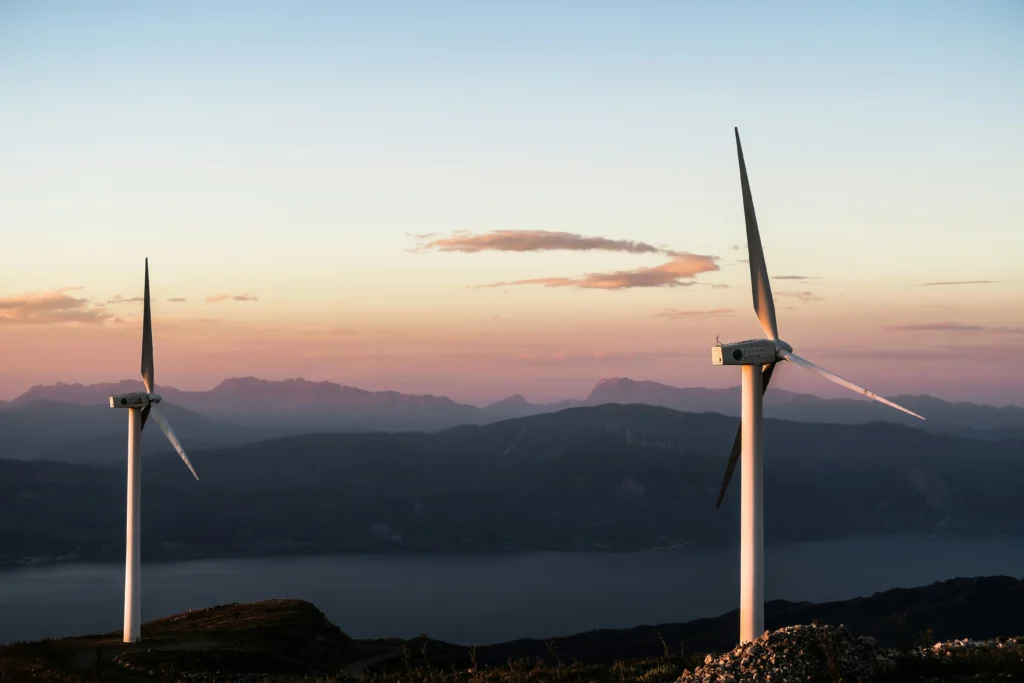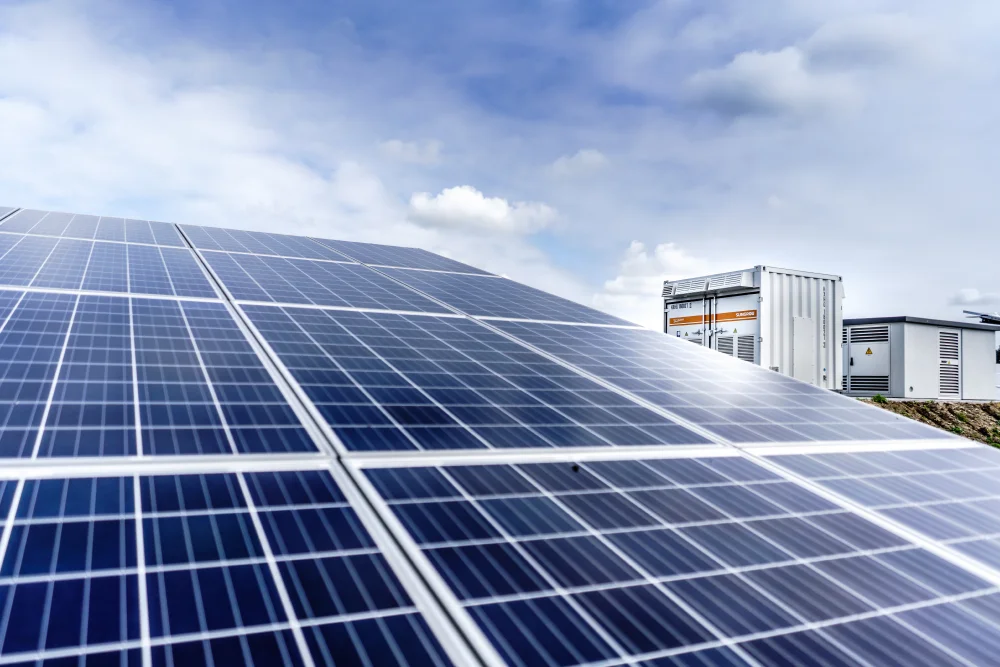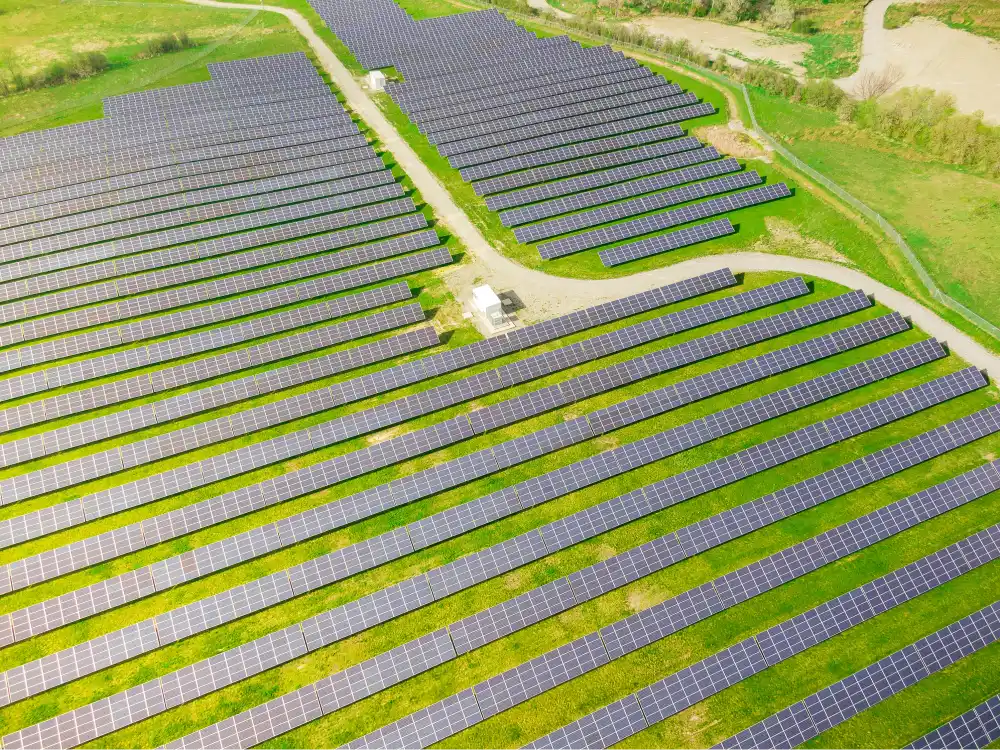
How Much Solar Power Is Generated in Texas?
4 minute read • Last update August 2024

In this article
Texas is now making notable advances in solar energy, now the state with second most solar installations after California. This transition underscores the state’s shift towards embracing more renewable energy.
Solar power in Texas: how much is there?
How much solar power is generated in Texas?
The Energy Information Association reported in April 2024 that Texas’ solar capacity has reached about 16 GW.
In the past decade, Texas has experienced a significant surge in solar energy adoption. The state has witnessed the construction of numerous larger solar farms, resulting in an increased capacity for solar power generation. A 2021 report highlighted that the cumulative solar energy production in Texas reached an impressive 15 million megawatt hours (MWh). Notably, the year-on-year growth has been remarkable as well. Between 2020 and 2021, solar power generation in Texas surged by an astounding 75%, surpassing 6 million MWh.
According to the Environment Texas Research & Policy Center, from 2021 to 2022, solar energy production in Texas experienced a remarkable surge, growing by an impressive 47%. This significant increase in solar energy output has had a tangible impact, generating enough electricity to power approximately 2.3 million average homes.
This remarkable growth not only highlights the state’s commitment to renewable energy but also cements its position as a national leader in solar energy production. Currently, Texas proudly stands as the second-highest producer of solar energy in the United States, showcasing its pivotal role in the country’s shift toward sustainable energy solutions.
Which U.S. state has the most solar power?
California currently leads the United States in solar power generation. However, Texas, with its vast potential and ongoing projects, is rapidly advancing and could soon challenge California’s dominance in this field.
Where does Texas rank in solar power?
Texas ranks second in the nation for solar power production in 2021-2022 after California. At the same time, Texas is the country’s leader in renewable energy. This impressive position reflects the state’s commitment to renewable energy and its effective use of natural resources.
What percentage of the Texas grid is solar?
On a regular day, solar power typically constitutes about 5% of the grid’s total energy output, indicating its steady growth in the energy sector. However, during intense heat waves, when the demand for electricity spikes and solar conditions are optimal, the share of solar power can significantly increase. In such scenarios, solar energy’s contribution to the Texas grid can rise to as much as 20%, highlighting its potential to meet higher energy demands, especially during critical times of need.
The contribution of solar energy to the Texas power grid varies, reflecting its evolving role in the state’s energy landscape. As a result, the answer to “what percent of texas electricity comes from solar?” isn’t static.
It’s worth pointing out that at night, solar’s contributions drop to 0% because the sun is not shining. And on days without much sun, the panels have decreased energy output as well.
How many solar farms are in Texas?
The exact number of solar farms in Texas is not clearly defined, as the state is continuously expanding its solar energy initiatives. However, as of late June 2023, here are the three largest solar farms in Texas:
- Samson Solar Energy Center: Developed by Chicago-based Invenergy, this is set to be the largest PV solar plant in the United States upon completion. The Samson Solar Energy Center, with a capacity of 1310MW, is located in Franklin, Lamar, and Red River Counties. This $1.6 billion project is being constructed in five phases and is expected to be fully operational in 2023.
- Roadrunner Photovoltaic Plant: This is currently the largest operational solar power plant in Texas, with a capacity of 497MW. Developed and owned by Rome-based Enel Green Power North America, the Roadrunner plant is located in Upton County. It was constructed in two phases, with the first phase (252MW) becoming operational in December 2019 and the second phase (245MW) starting operations in September 2020.
- Permian Energy Center: Developed by Danish company Ørsted, this is the second-largest operational solar park in Texas. With 1.3 million solar panels covering over 3,600 acres, the Permian Energy Center produces 460MW of energy. It’s located in the Permian Basin and can provide electricity for around 92,000 households.
What is the largest solar farm in Texas?
Currently, Roadrunner Photovoltaic Plant holds the title of largest solar farm in Texas. Soon, though, it will be overtaken in size by Samson Solar Energy Center.
How does solar power generation in Texas compare to other states?
In 2022, according to the U.S. Energy Information Administration, Texas was the second-largest producer of solar power in the United States, just behind California.
However, a more recent report from ERCOT in October 2023 indicates that Texas has now overtaken California in terms of solar generation. As of September 30, the Electric Reliability Council of Texas, which operates the grid for 90% of Texas, reported having 18,364 megawatts of solar power capacity. In comparison, the California Independent System Operator, managing the grid for 80% of California and a portion of Nevada, had a solar power capacity of 17,277 megawatts.

A brief history of solar power in Texas
Early developments
The story of solar power in Texas started with small yet significant steps. Initially, the focus was on individual solar panel installations and research projects aimed at understanding the potential of solar energy in the state’s sunny climate. These early efforts were crucial in setting the foundation for a larger movement towards renewable energy in Texas, highlighting the state’s potential to harness the power of the sun.
Key milestones
Texas has achieved several significant milestones in its journey towards solar energy prominence. These include large-scale investments in solar technology, the establishment of numerous solar farms, and the implementation of supportive legislative policies for renewable energy. Each milestone represents a significant advancement in Texas’s commitment to sustainable energy sources, paving the way for a cleaner, more renewable energy future.
Future possibilities
The future of solar power in Texas is filled with potential. With ongoing advancements in solar technology and increasing societal support for sustainable practices, Texas is poised to significantly expand its solar energy capabilities. The state’s vast open spaces and abundant sunshine provide ideal conditions for large-scale solar projects, which could play a crucial role in meeting both the state’s and the nation’s energy needs in the coming years.
Affordable energy plans from BKVE
Interested in electricity plans powered by solar? BKV Energy offers 100% renewable energy plans fueled by solar and wind at an affordable kWh rate. Enter your zip code to explore plans in your area.
Written by Graham Lumley
Graham Lumley, Digital Marketing Manager at BKV Energy, leads digital and traditional marketing strategies, focusing on educating Texans about the state's deregulated energy market. With over 8 years of marketing experience, he creates content to help consumers understand and save on their energy bills, bringing a fresh and dynamic approach to the industry.
Related articles

What is Net Metering?
4 minute readThis article is for educational purposes only. BKV Energy does not offer solar buyback plans or plans specific to homeowners
Get $50 off your electric bill!
Use code BKVEJOINUS50
Enter your zip code to shop BKV Energy's affordable, fixed-rate Texas electricity plans. Use the promo code for $50 off your electric bill.
